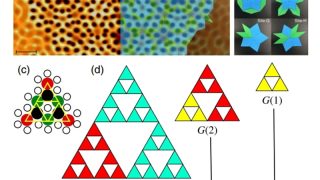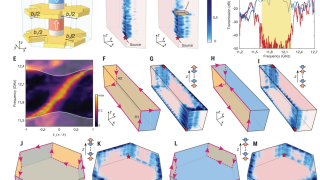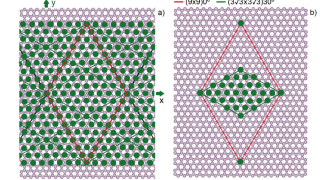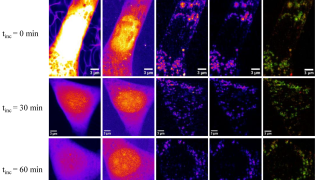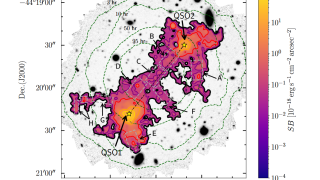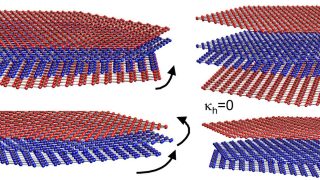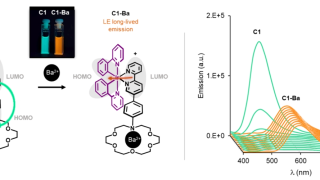
Revolutionizing barium ion detection for neutrino research
In the quest to unravel the mysteries of the universe, scientists are turning to tiny glowing molecules and powerful microscopes to detect elusive particles. Two groundbreaking studies, one published in ACS Sensors in 2025 and another in Nature Communications in 2024, showcase innovative approaches to detecting barium ions in high-pressure xenon gas. These advancements are […]


